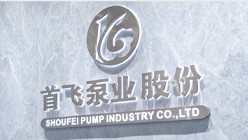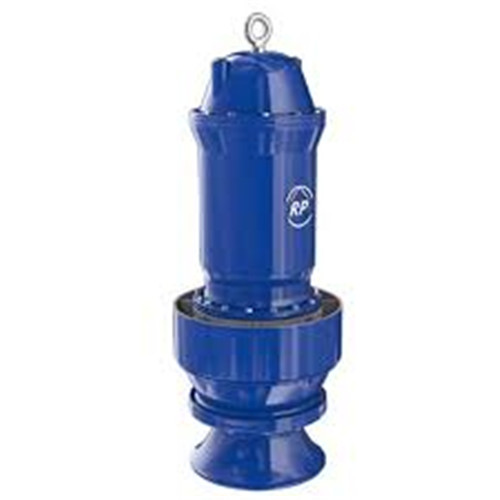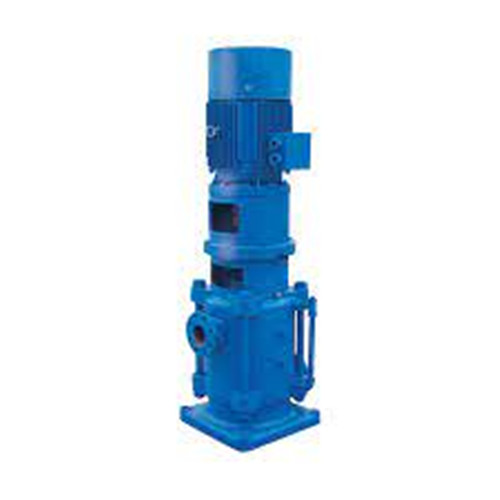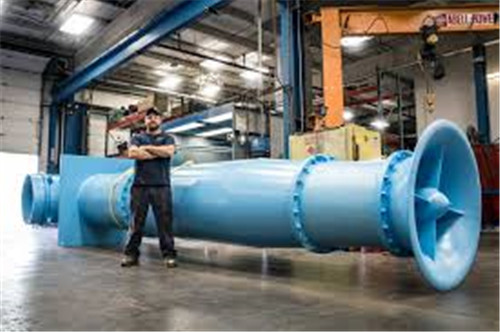How to use vertical submersible centrifugal pump correctly
Even if you have installed a vertical submersible centrifugal pump in your facility, it is important that you know how to use it correctly. Otherwise, you could end up damaging the pump or causing an accident. Here are some tips on how to use a vertical submersible centrifugal pump:
- Make sure that the pump is properly installed before using it.
- Be aware of the flow rate and head pressure of the pump so that you can operate it within its limits.
- When using the pump, make sure that there is no blockage in the suction or discharge line.
- Always check the level of liquid in the sump before starting the pump.
- Do not run the pump dry for more than a few minutes as this can damage the pump.
If you're using a submersible centrifugal pump, there are a few things you need to keep in mind to ensure proper use. First, make sure that the pump is always submerged in the water. Second, don't let the pump run dry, as this can damage the impeller. Finally, prime the pump before use to avoid potential issues.
Common faults and solutions of vertical submersible centrifugal pump
The Vertical Submersible Centrifugal Pump (VS) is one of the most common pumps used in today’s industry. It is a versatile, reliable and efficient pump that can be used in a wide variety of applications. However, like all mechanical equipment, it is not without its faults. In this blog post, we will take a look at some of the most common faults associated with the VS pump and their solutions.
One of the most common faults with the VS pump is cavitation. Cavitation occurs when there is a decrease in the fluid pressure, which causes the formation of bubbles. These bubbles then collapse, causing a shock wave that can damage the pump. Cavitation can be caused by a number of factors, including an insufficient suction lift, incorrect impeller diameter or an excessive wear on the impeller.
Another common fault with the VS pump is vibration. Vibration can be caused by a number of factors, including an imbalance in the impeller, incorrect installation or a build-up of debris in the pump. Vibration can also be caused by worn bearings or an excessive wear on the shaft.






















